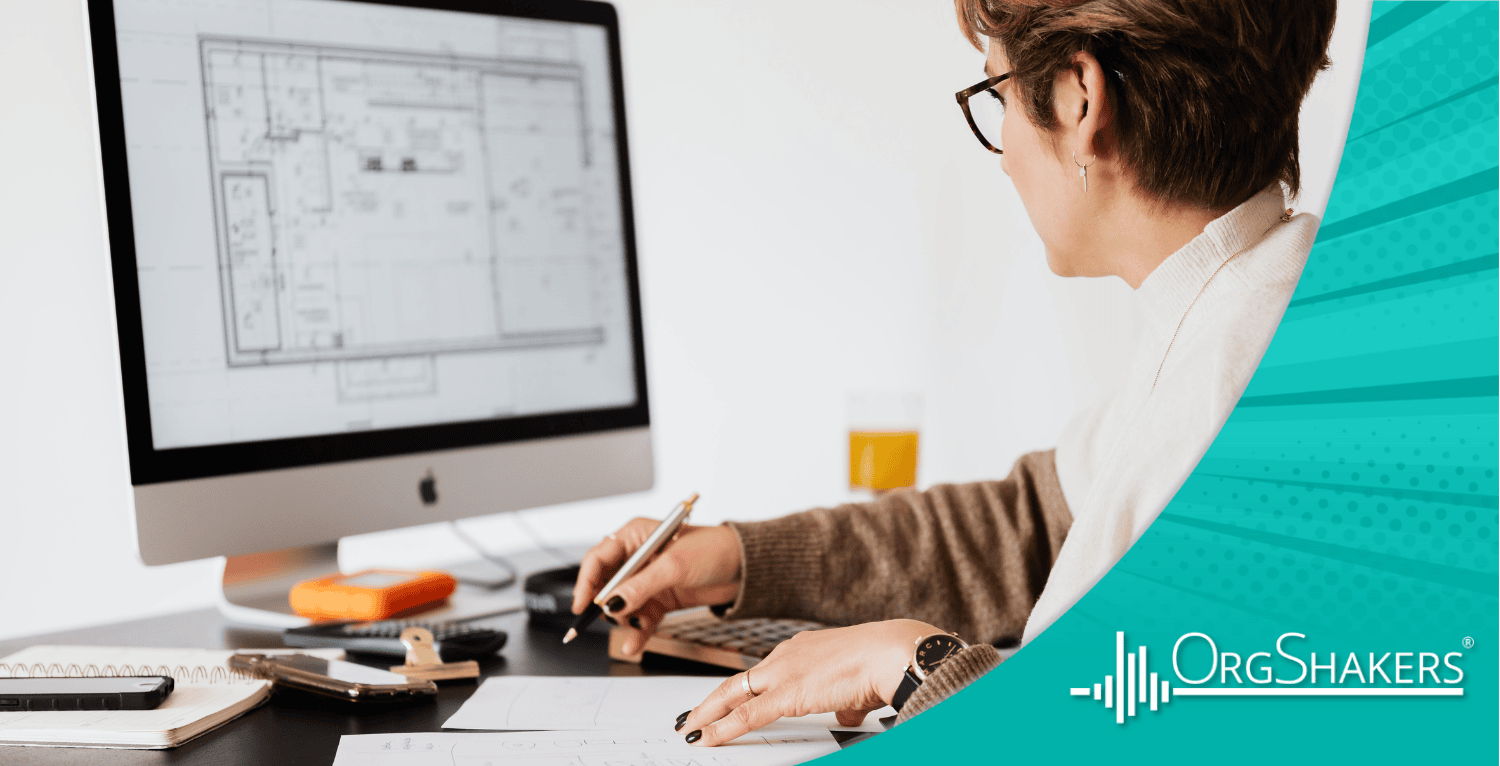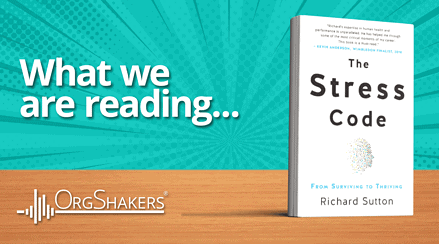Menu

Wellbeing Starts with Great Work Design
Wellbeing programmes have always been a popular investment. Think yoga classes, mindfulness apps, fruit bowls…employers have tried all sorts of innovative little ways to help lessen those feelings of stress and burnout only to find that employee stress levels barely shift.
The reason for this is simple: wellbeing doesn’t start with perks. It starts with how work itself is designed.
When roles are clear, workloads are realistic, and people feel they have control over their time, wellbeing naturally improves. According to the recent research, poor work design, including high job demands, low autonomy, and unclear roles, is one of the top predictors of burnout and absenteeism. So if employers want happier and more productive teams, they need to focus less on interventions around work and more on the structure of work itself.
Design Roles for Manageability
The first step is to look closely at workload and task clarity. When employees don’t know what’s expected or are stretched across too many priorities, stress spikes and engagement falls. In Gallup’s State of the Global Workplace report, only about a third (34 %) of employees worldwide say they are “thriving”. But that leaves a whopping 66% of employees worldwide who are struggling to manage, and this is where burnout can start to creep in.
Small design tweaks make a big difference. Managers can build ‘capacity check-ins’ into one-to-ones to make sure that the workload is achievable, as well as regularly reviewing project scope and ensuring deadlines remain realistic. Empowering teams to flag when capacity is tight will help to build a healthier rhythm of work.
Make Work Meaningful
Purpose is a powerful buffer against stress. People who understand how their tasks contribute to organizational goals will feel more engaged and resilient. Research shows that meaningful work is strongly linked to higher engagement and better wellbeing metrics. For example, high job resources such as autonomy, feedback, social support have been seen to reduce burnout and increase engagement.
Middle managers can help here by linking individual objectives clearly to wider business outcomes, enabling staff to see exactly how their contribution matters. Leaders should be talking about impact, not just output, in team meetings. When employees understand how their work matters, the daily grind feels immediately more purposeful and less draining.
Build in Recovery by Design
Sustainable performance depends on recovery time, and this doesn’t just mean holidays. It means designing work patterns that allow people to rest and reset during the week, too.
Work design also includes giving employees more control over when and where they work. Flexibility, whether in start times, remote days, or compressed hours, helps people manage energy and focus, not just time. It’s about making that mindset shift away from presenteeism and towards measuring output rather than input.
Treat Wellbeing as a Design Principle, Not an Add-On
The most progressive organizations are embedding wellbeing into performance systems, leadership training, and even workflow design. Instead of asking, “How can we fix burnout?” they ask, “How can we build a workplace that prevents it?”.
The fact is, wellbeing thrives when work is thoughtfully designed. By re-examining how tasks are structured, how success is measured, and how people are supported day by day, businesses create an environment where employees don’t just survive their workweek, but succeed through it.
If you would like to discuss how we can help reduce burnout and improve wellbeing right from the root of your business, please get in touch with us today.



